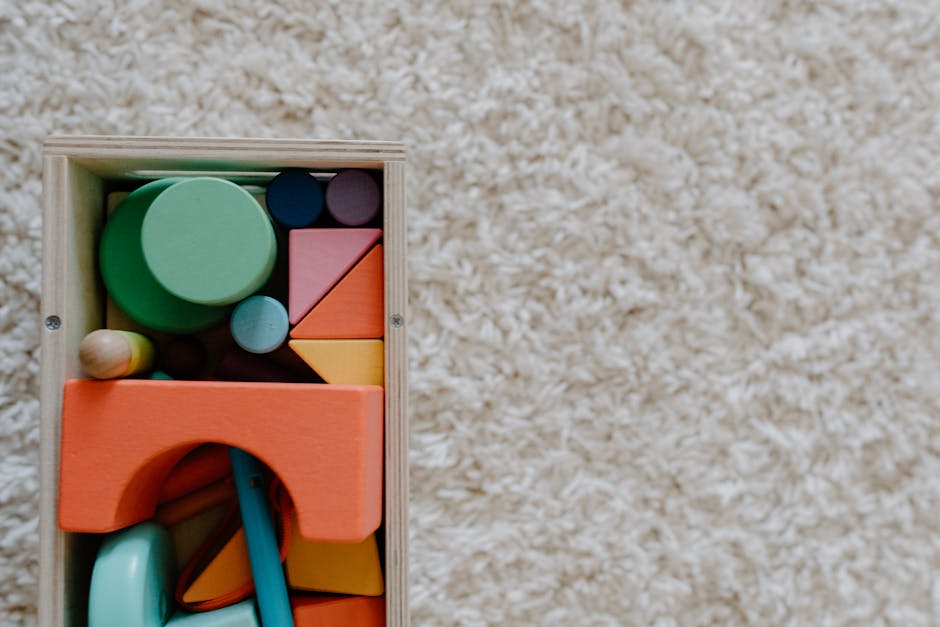The Benefits of Musical Toys for Early Childhood Development
As parents and caregivers, we are always on the lookout for ways to nurture our children’s growth and development. One delightful and effective way to do this is through musical toys. 🎶 These colorful and engaging tools not only entertain but also play a crucial role in shaping a child’s early developmental stages. Let’s delve into how these toys can be beneficial and why you might want to incorporate them into your child’s playtime activities.
Table of Contents
1. Introduction
2. Cognitive Development
3. Emotional and Social Growth
4. Physical Coordination and Motor Skills
5. Language Skills Enhancement
6. Creative Expression
7. Conclusion
8. FAQs
Introduction
Music is a universal language that transcends boundaries and cultures. From the gentle lullabies sung at bedtime to the rhythmic beats of a child’s favorite nursery rhymes, music forms an integral part of early childhood. Musical toys, ranging from simple rattles to more complex xylophones, offer a playful yet educational experience for young minds. As we explore the myriad benefits these toys offer, you might just find yourself humming along! 🎵
Cognitive Development
Musical toys provide a rich environment for cognitive growth. When children interact with these toys, they engage in a process of cause and effect. For instance, pressing a button on a toy piano produces a sound, teaching them about action and reaction. This interaction helps to sharpen their problem-solving skills and enhances memory retention.
Furthermore, musical toys often involve patterns and sequences. Recognizing these patterns can improve a child’s ability to predict and anticipate, which are critical components of cognitive development. According to child development experts, early exposure to music can boost mathematical skills later in life, making musical toys an invaluable asset to your child’s learning toolkit.
Emotional and Social Growth
Music has the power to evoke emotions, and musical toys are no exception. These toys can help children express their feelings, whether it’s joy, excitement, or even frustration. By engaging with music, children learn to understand and manage their emotions better. 😊
In a social setting, musical toys can be a great icebreaker. Sharing instruments like tambourines or maracas encourages cooperation and teamwork among peers. Group music activities foster a sense of community and belonging, which are essential for emotional and social development.
Physical Coordination and Motor Skills
Musical toys often require physical interaction, which can significantly enhance a child’s motor skills. Whether it’s the dexterity needed to play a small drum or the coordination to dance along to a musical tune, these activities help in developing fine and gross motor skills.
Playing with musical toys also improves hand-eye coordination. As children learn to hit the right keys on a mini keyboard or shake a tambourine to produce sound, they refine their motor skills in a fun and engaging way.
Language Skills Enhancement
Music and language are closely intertwined. Musical toys can be a powerful tool in enhancing a child’s language skills. Many musical toys come with lyrics or are designed to be played alongside songs, which can help children learn new words and improve their vocabulary.
Moreover, rhythm and melody facilitate better pronunciation and intonation. As children sing along, they not only enjoy the music but also practice their speech patterns and articulation. This early exposure to music can lead to improved literacy and communication skills as they grow older.
Creative Expression
Music is a fantastic outlet for creativity. Musical toys encourage children to explore different sounds and create their own tunes. This freedom to experiment fosters an imaginative mind and encourages creative thinking. 🎨
When children compose their own melodies or rhythms, they engage in a form of self-expression that is unique to them. This nurtures their creativity and allows them to convey their individuality through music.
Conclusion
Incorporating musical toys into early childhood activities offers a holistic approach to development, touching on cognitive, emotional, physical, and social aspects. These toys are more than just playthings; they are tools that can unlock a world of learning and growth. So, the next time you’re considering a toy for your child, think of the vibrant world of musical toys and the endless possibilities they offer!
FAQs
Q: At what age can children start playing with musical toys?
A: Children can start playing with simple musical toys like rattles from as early as a few months old. As they grow, you can introduce more complex instruments like xylophones or keyboards suitable for toddlers and preschoolers.
Q: Can musical toys help if my child shows no interest in music?
A: Absolutely! Musical toys are designed to be engaging and fun, often sparking an interest in music over time. They provide a non-intrusive way for children to explore sound and rhythm at their own pace.
Q: Are there any safety concerns with musical toys?
A: Always ensure that musical toys are age-appropriate and do not have small parts that could pose a choking hazard. It’s also a good idea to check for volume control to protect young ears from loud sounds.
Musical toys are a delightful addition to any child’s playtime, offering not just fun but a wealth of developmental benefits. Whether it’s building cognitive skills or fostering creativity, these toys are a harmonious blend of learning and play. 🎶
